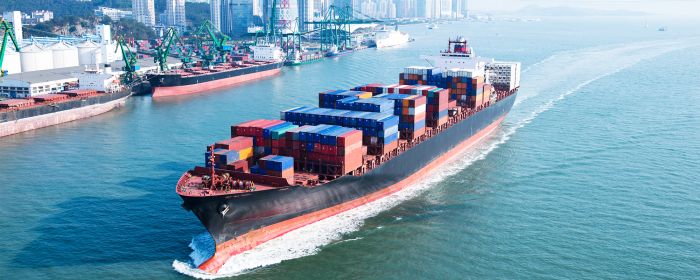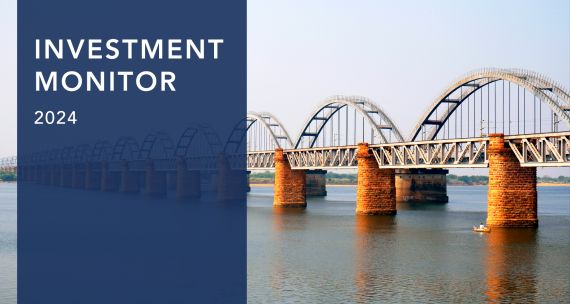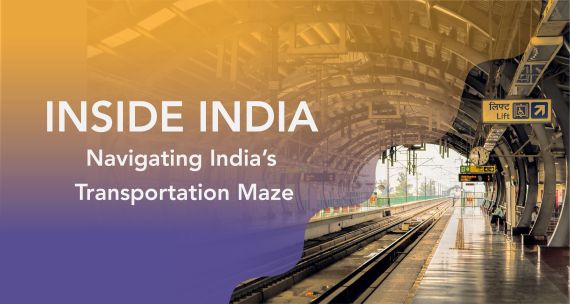The future of the global economy is in the Asia Pacific. The region is home to many of the world's fastest-growing economies and, by 2050, is forecast to account for 53 per cent of the world's population and 52 per cent of the world's gross domestic product (GDP). Canada's – especially Western Canada's – future economic well-being depends on its ability to continue expanding its trade and investment linkages with the region.
British Columbia, with its geographic proximity to the region and people-to-people linkages, has the natural advantages to fully seize the opportunity that the Asia Pacific presents. Moreover, it is in the ideal position to play the role of Canada's — and, more broadly, North America's — gateway to the region. As such, British Columbia has been a leader in building relationships with the Asia Pacific region, developing a robust trade infrastructure network, referred to as the Western Trade Corridors, that far exceeds that of any other Canadian province, and leveraging its historical and people-to-people connections.
The Corridors consist of key transportation infrastructure, such as the Port of Vancouver, the Port of Prince Rupert, the Vancouver International Airport (YVR), and three Class I Railways that connect British Columbia all the way to the rest of Canada, the American East Coast, and Mexico, covering land, sky, and marine routes. The Corridors have laid an important foundation for Canada's future engagement with an increasingly more prosperous and dynamic Asia Pacific.
Canada's future success in Asia begins with British Columbia's transport infrastructure.
Learn more from our Accessing the Asia Pacific Region, Trade, and Transportation booklet and supporting presentation, The Asia Pacific in 2050: Trends and Opportunities for Canada, both available in PDF through the 'Read the full report' link at the top of this page.




